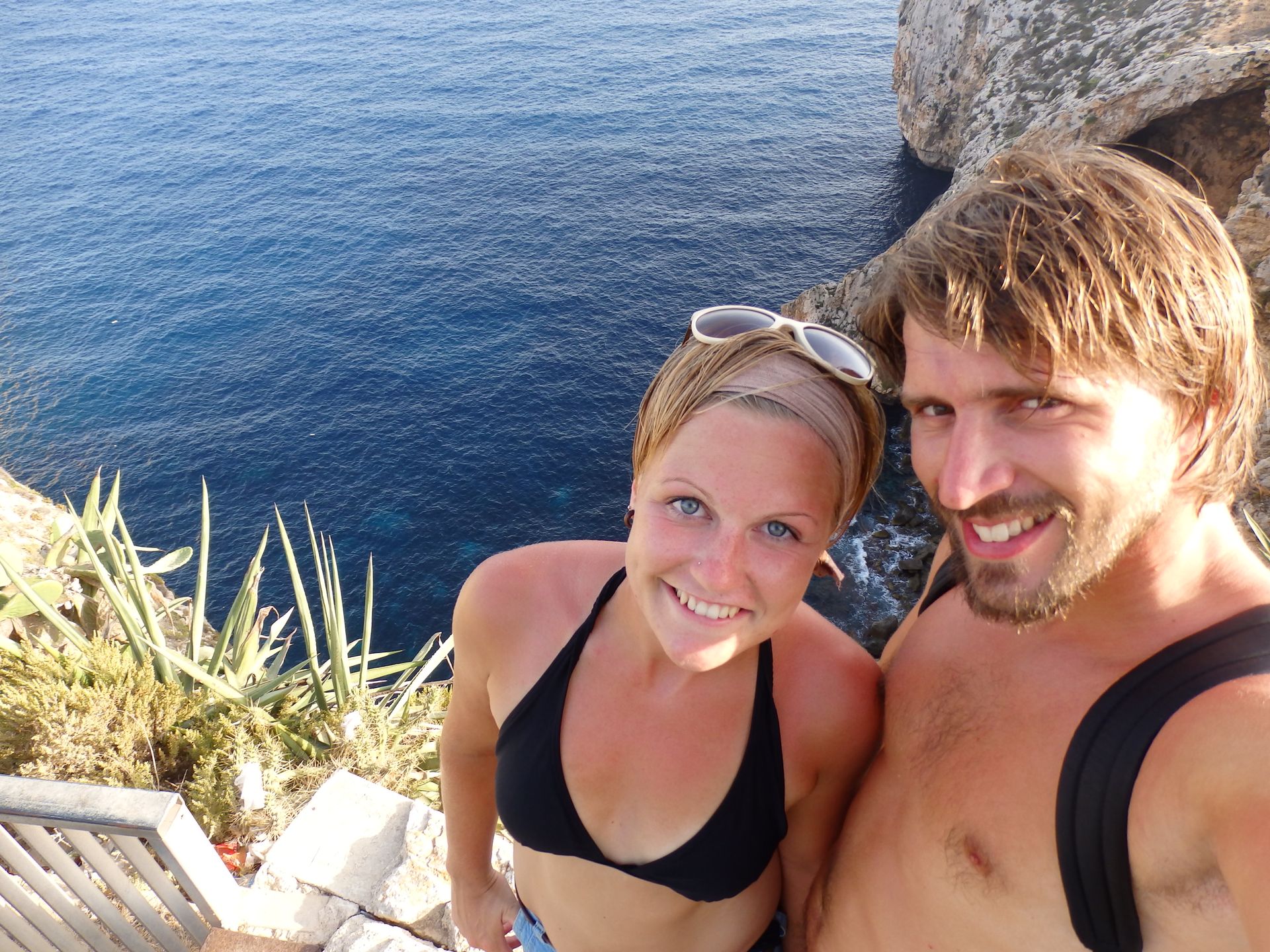Argentina - Buenos Aires
Çap edildi: 12.05.2019
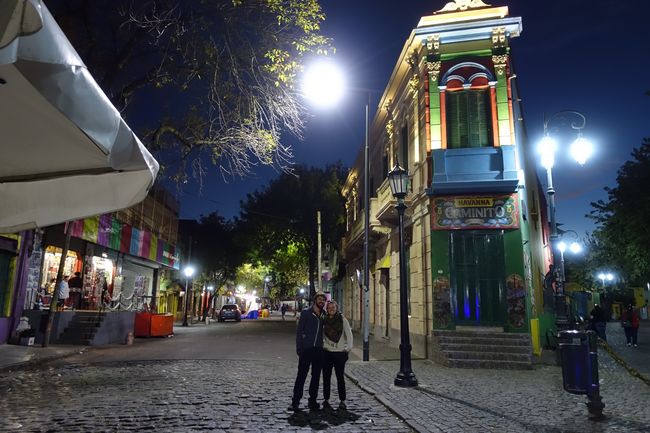
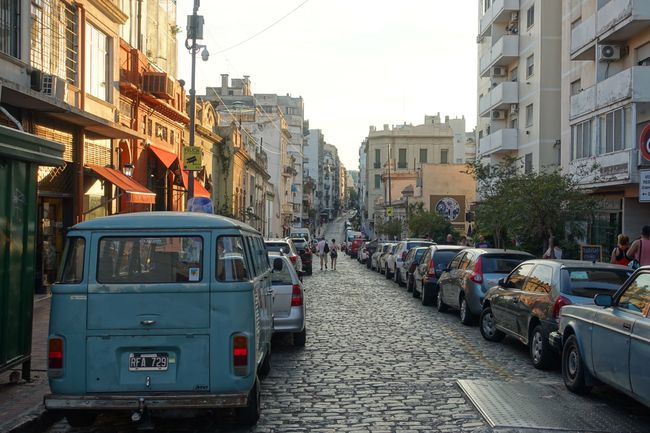
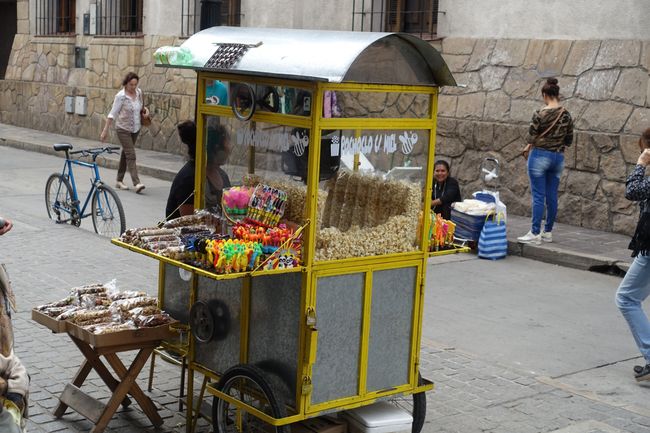
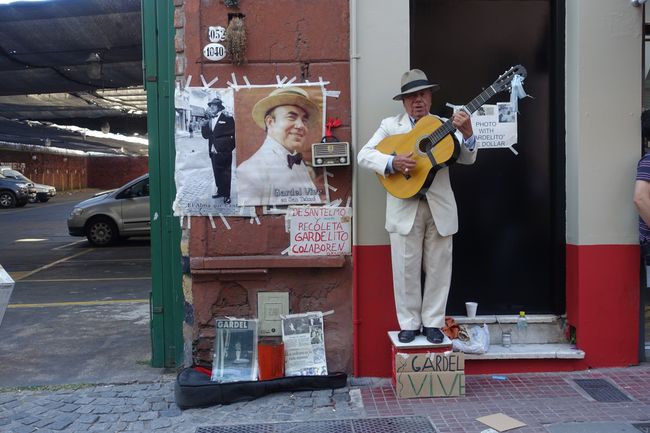
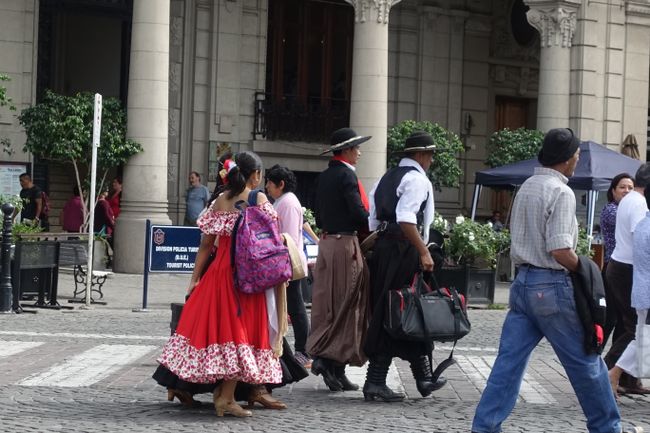
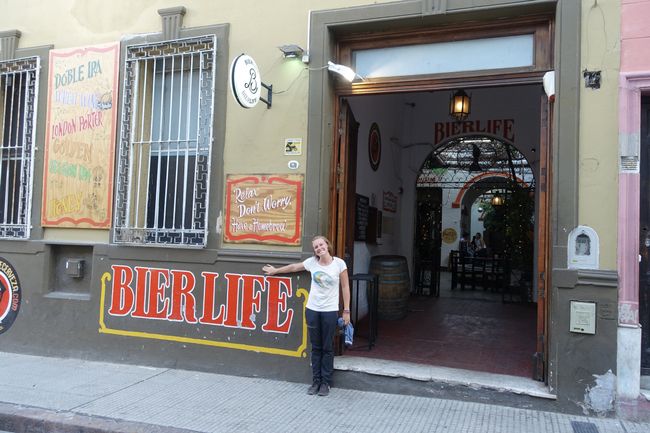
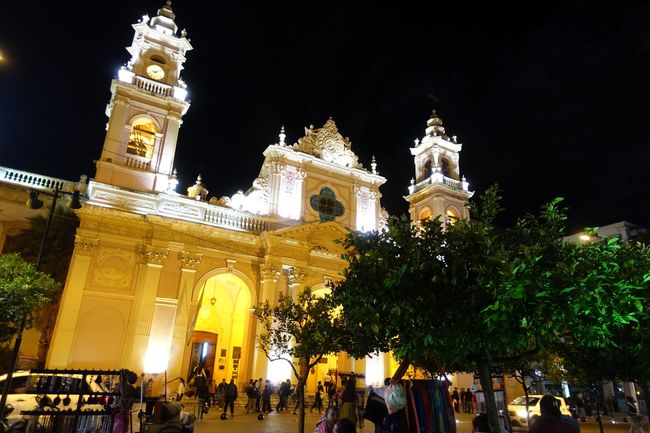
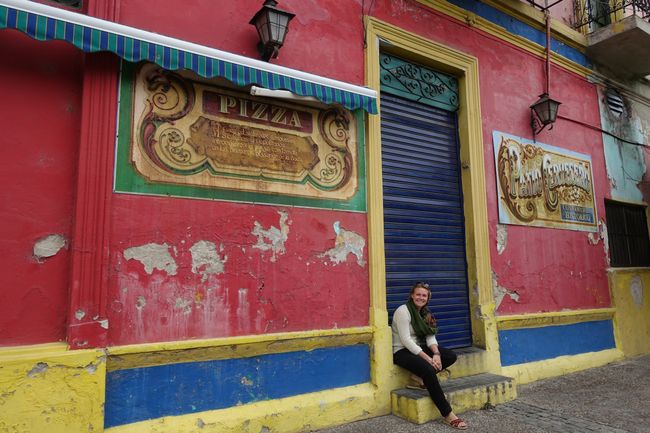
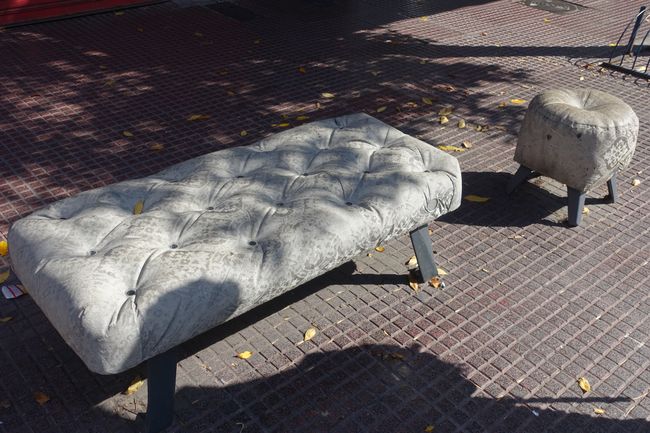
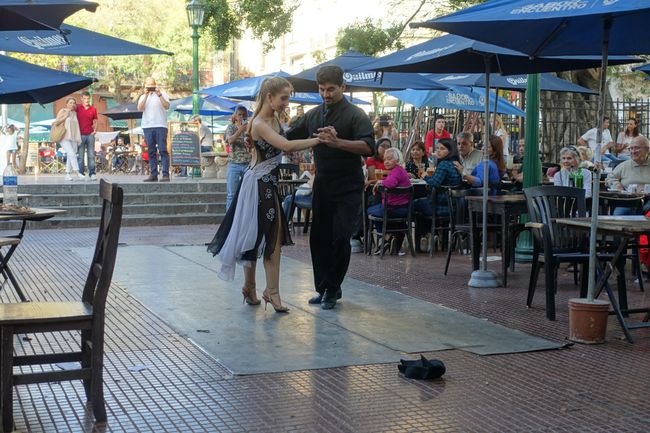
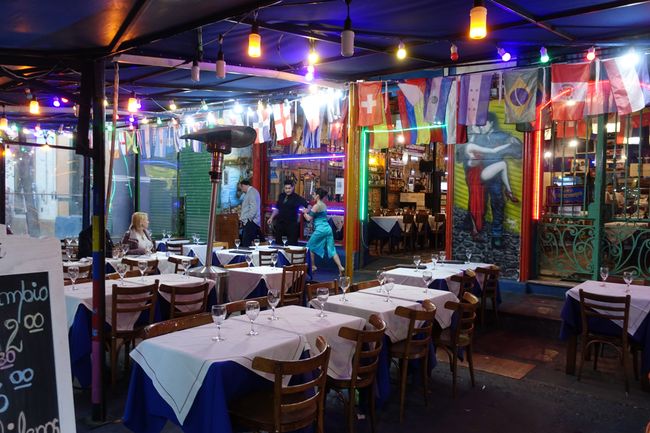
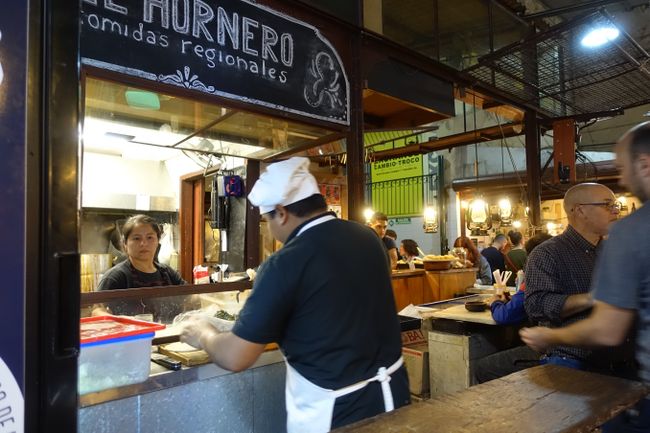
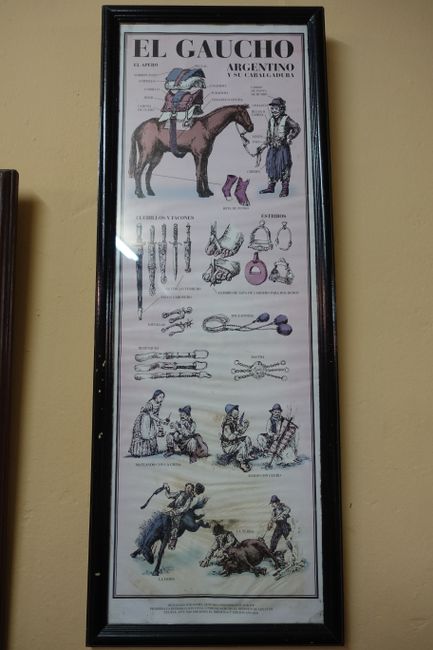
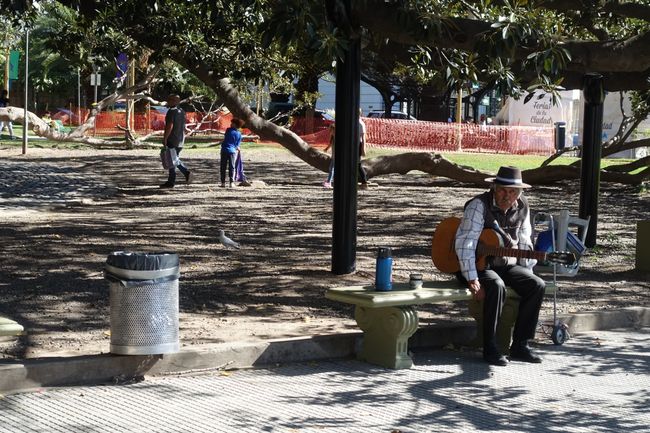
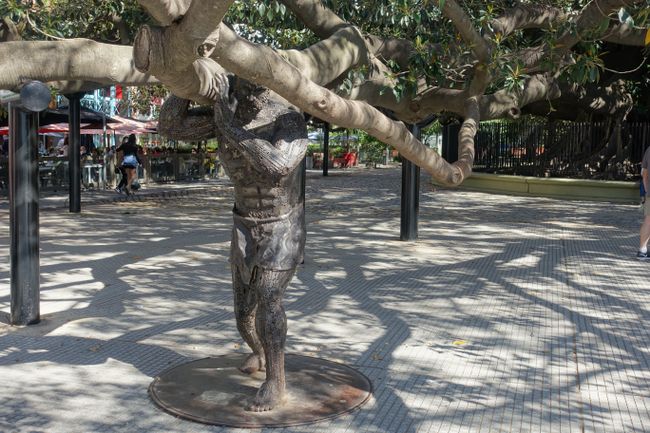
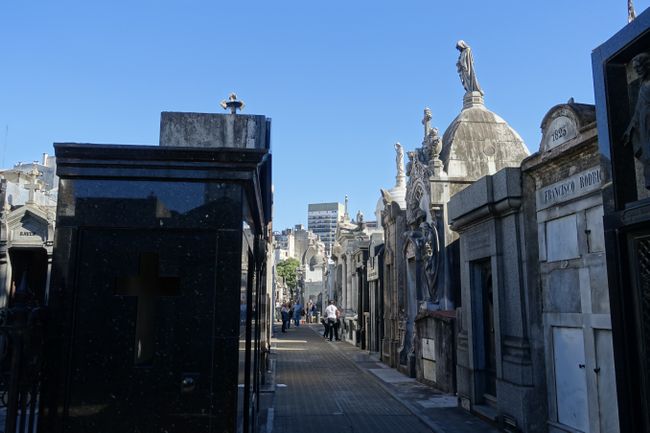
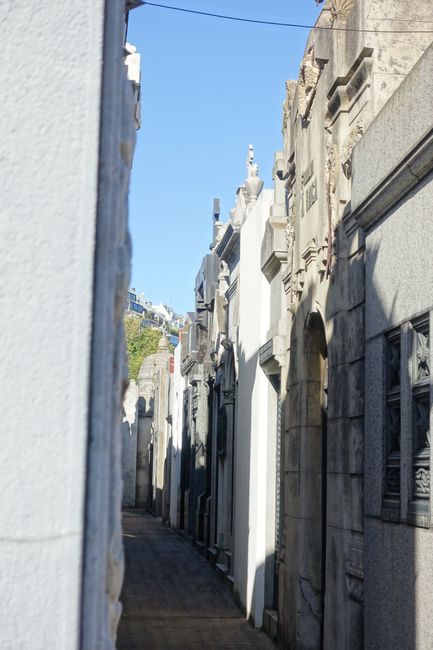
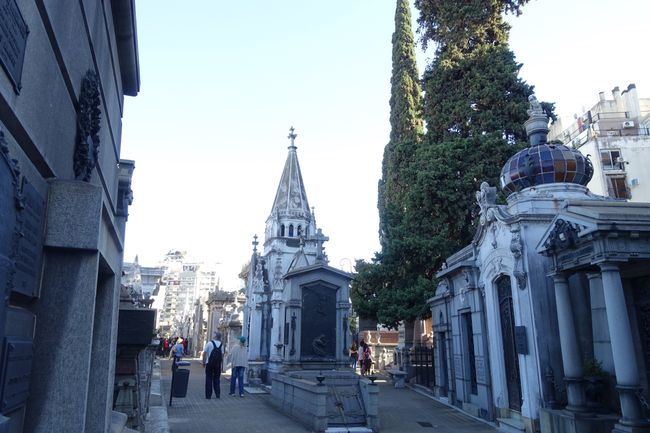
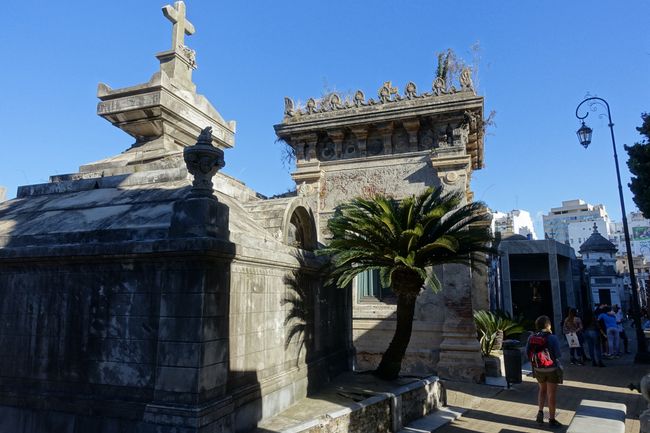
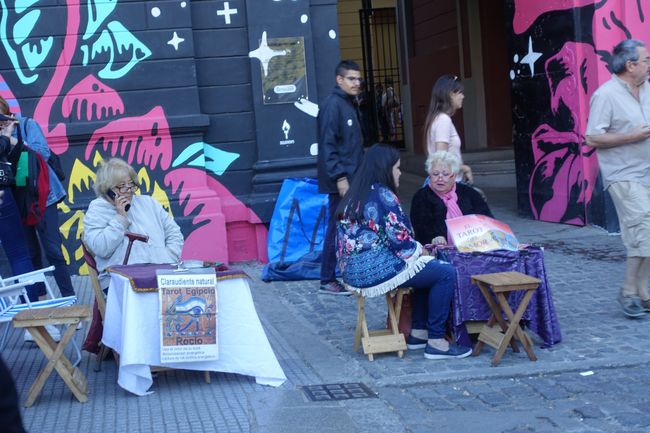
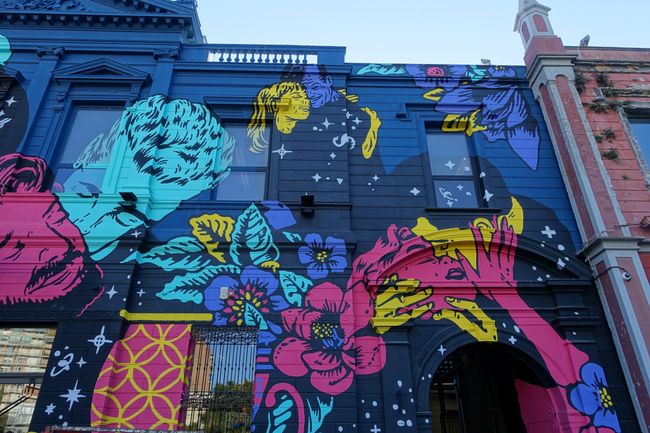
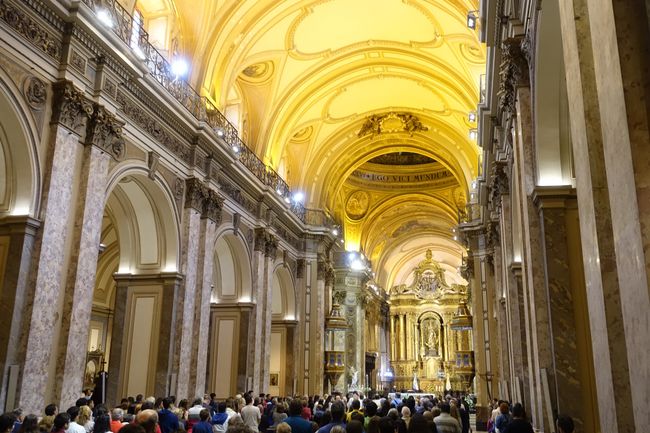
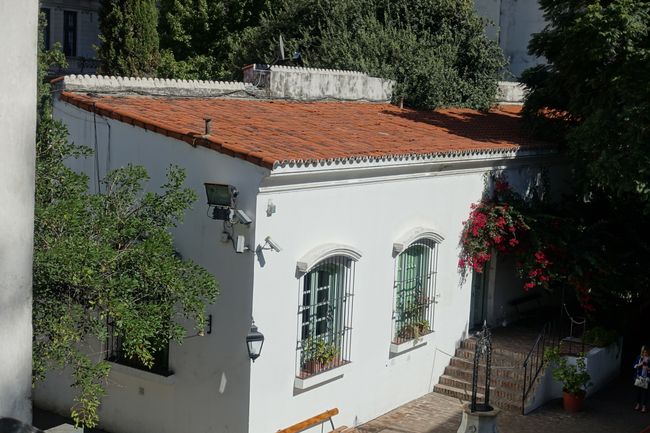
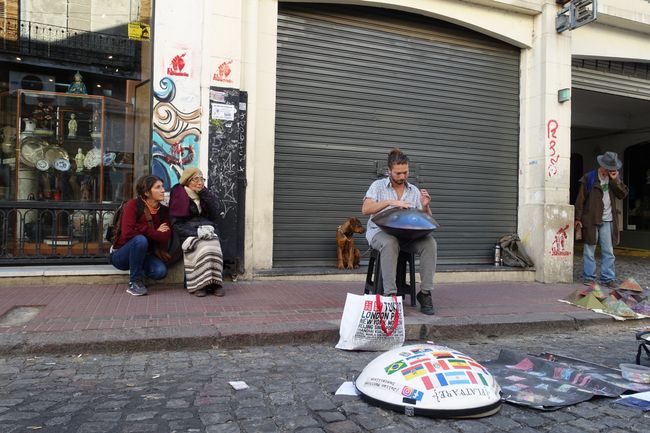
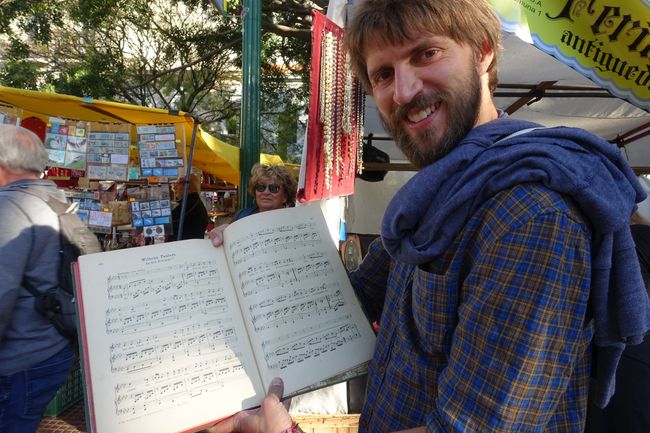
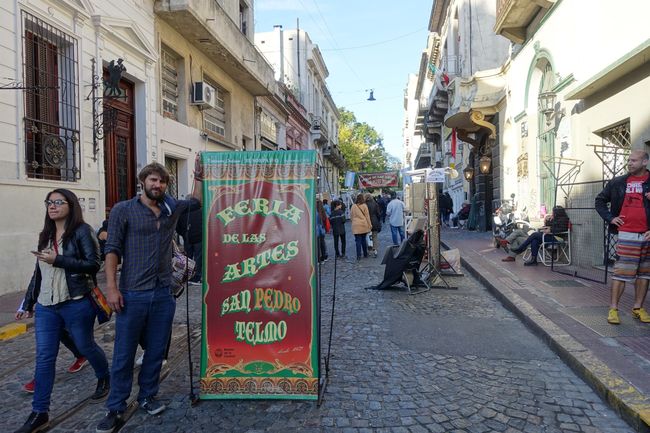
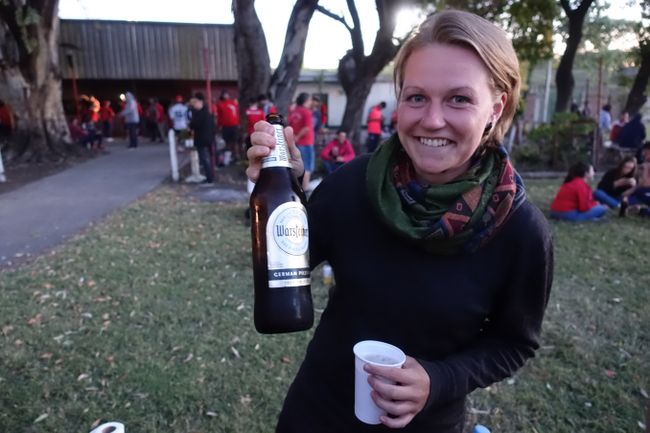
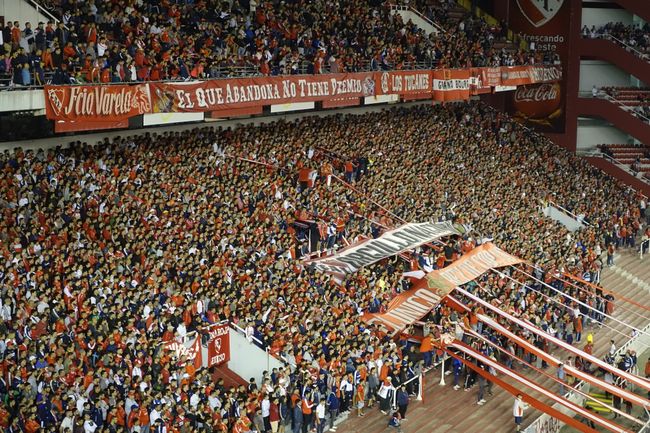
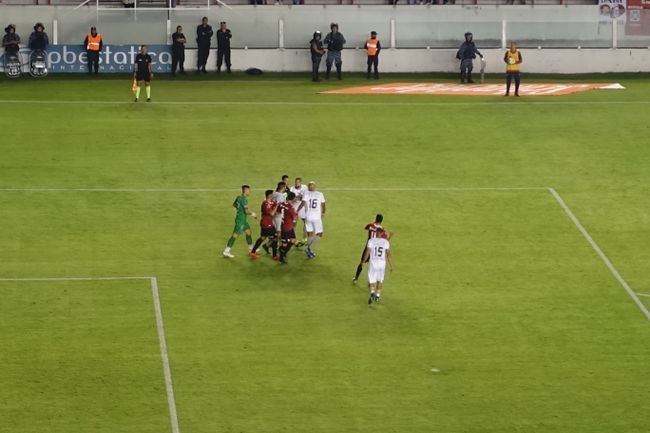
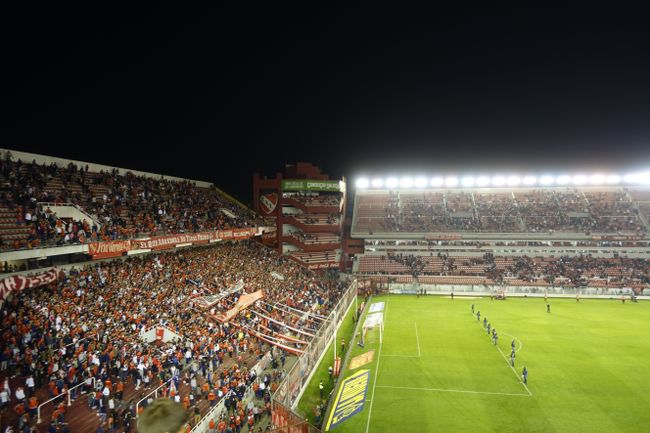
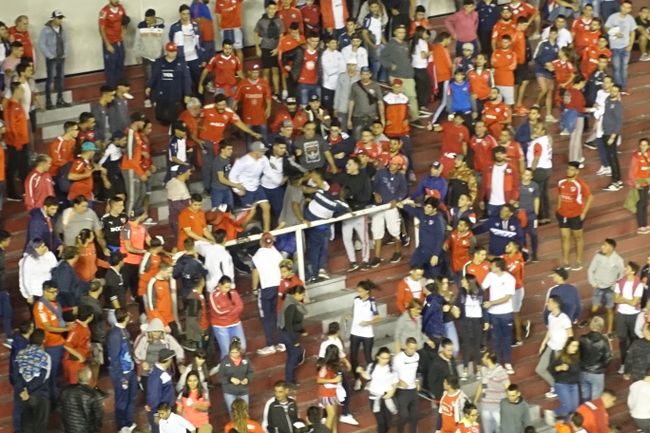
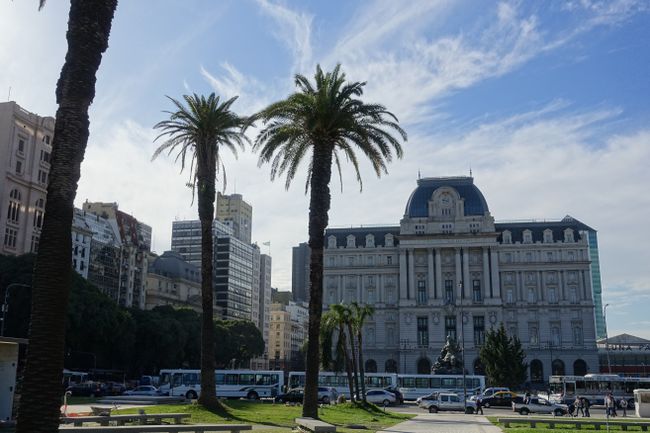
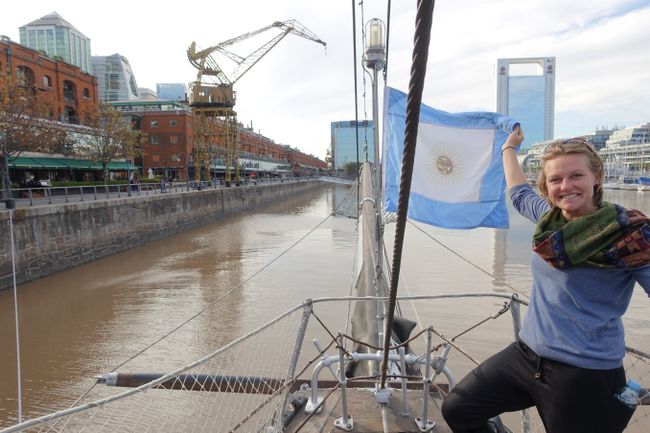
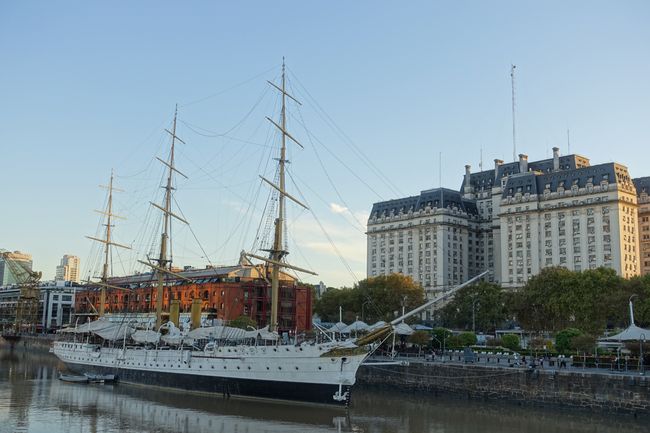
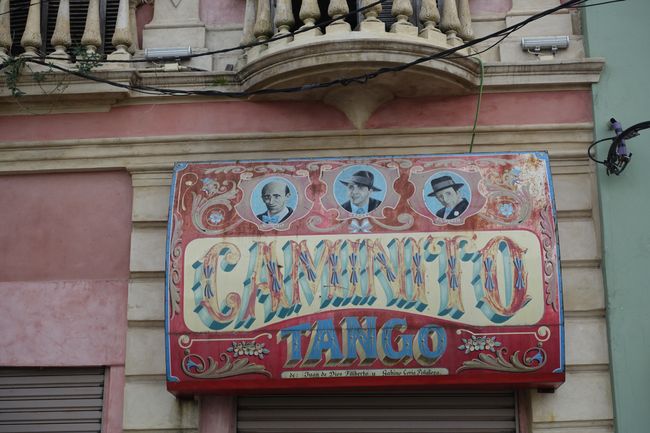
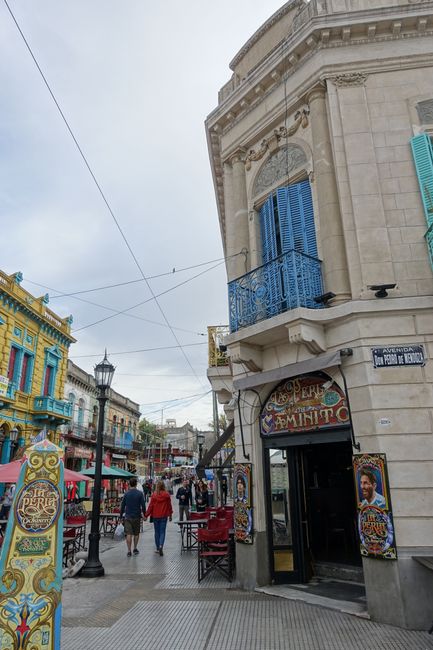
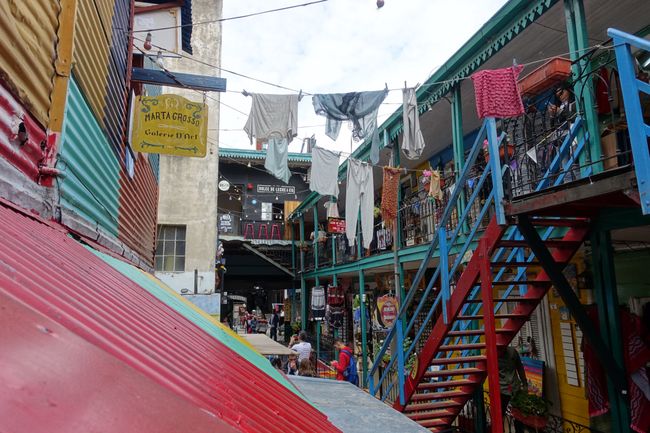
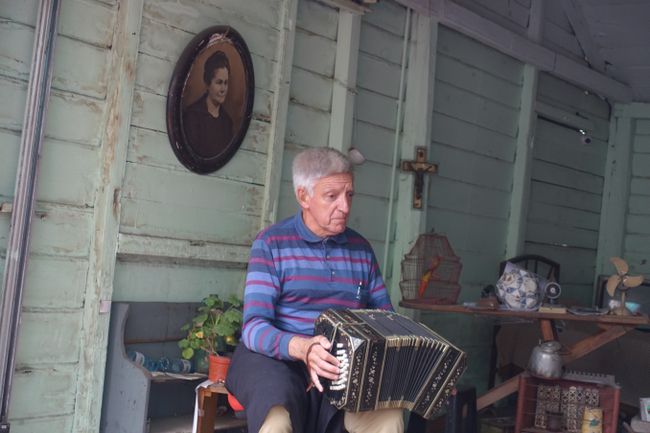
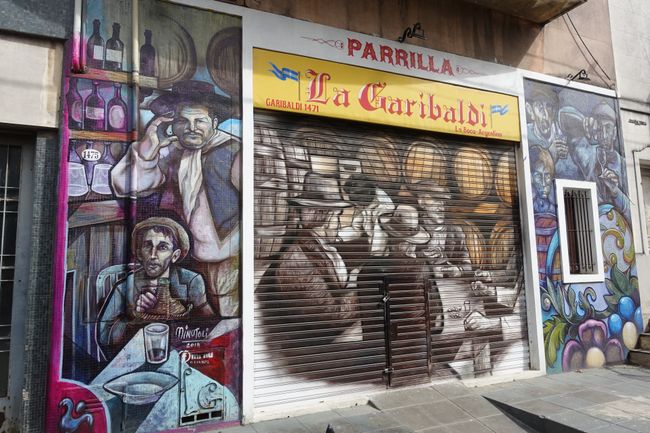
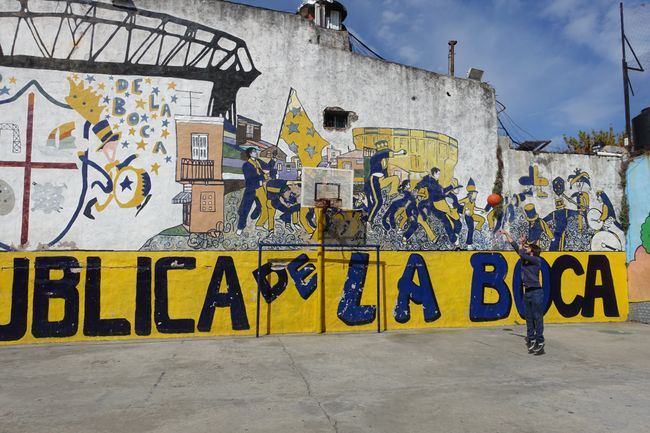
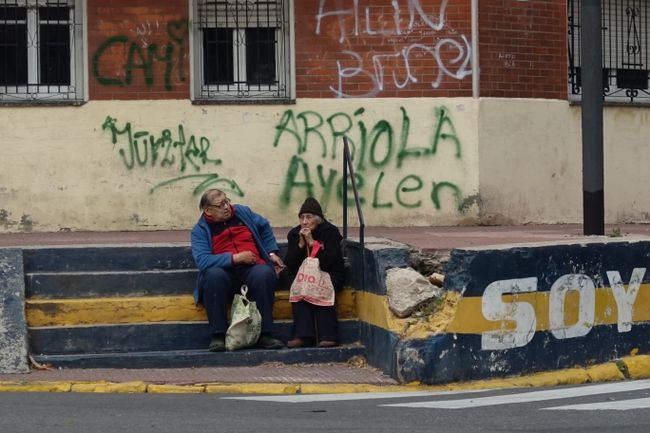
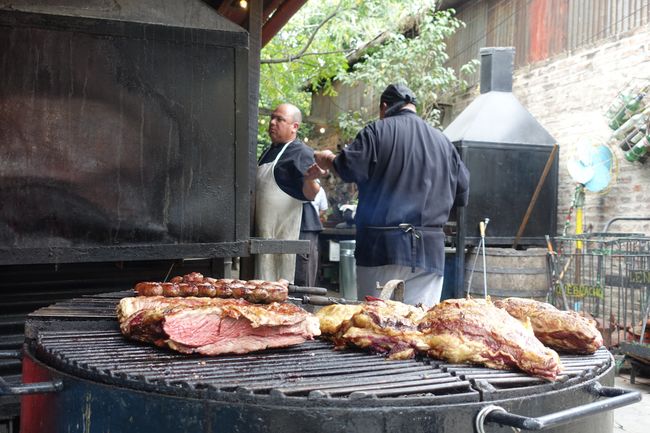
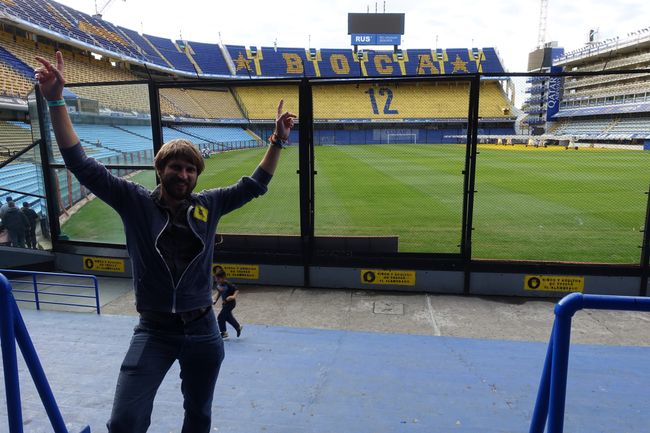
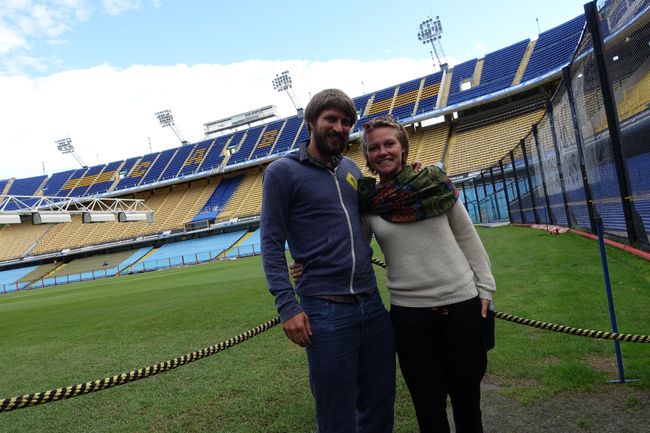
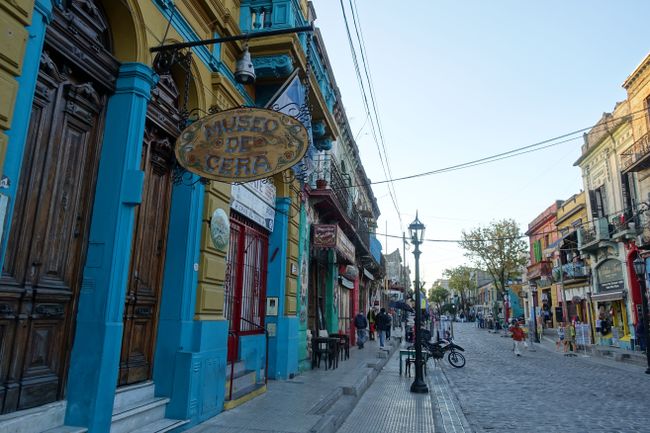
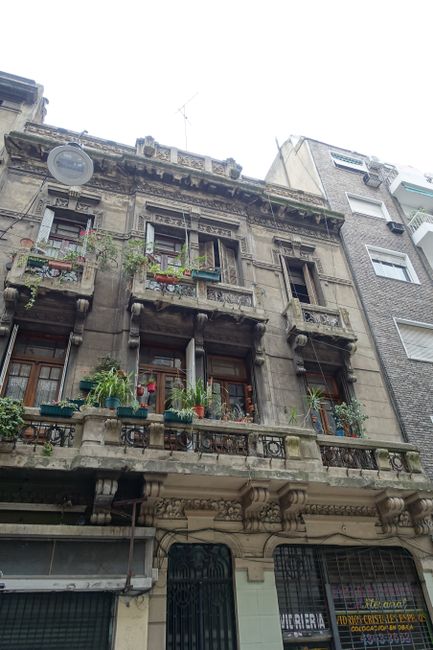
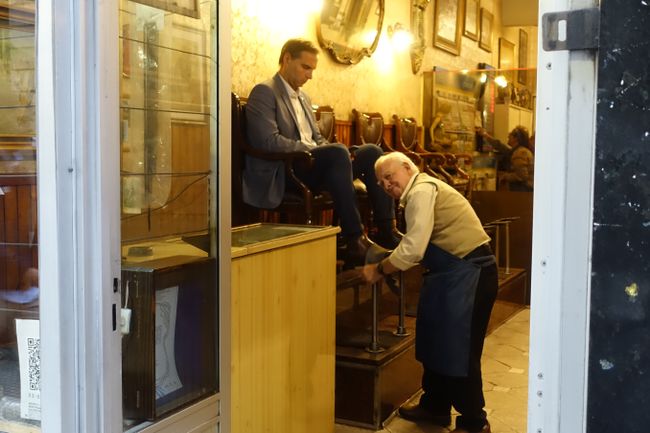
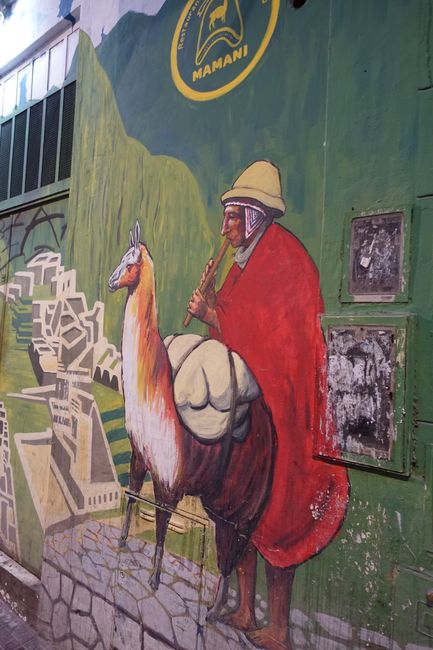
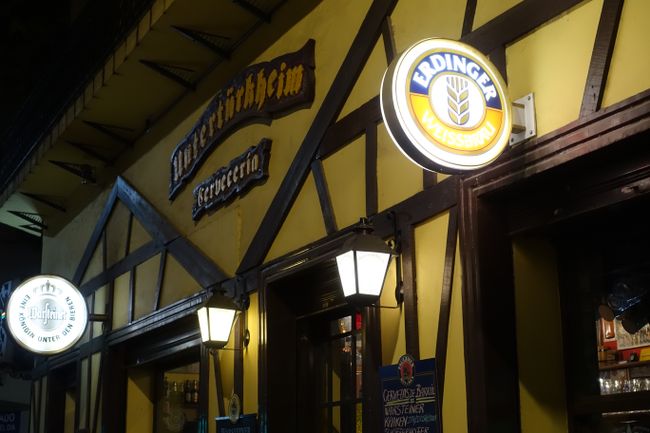
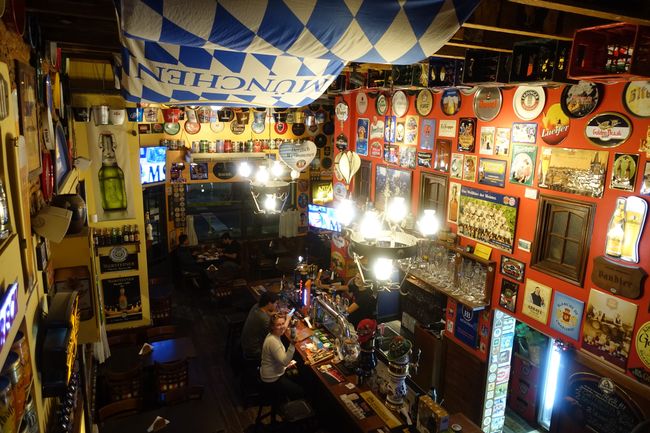
Habar býulletenine ýazylyň
After a short visit to Chile, we went on a short detour to Argentina. We stayed in Salta, a small city in northern Argentina, for two days, raising a glass of fine Argentine Malbec to celebrate my new year of life, and then we continued on to Buenos Aires. And without a doubt, it is the best city I have ever been to! Our sweet little hostel was a bit old-fashioned but affordable, with friendly staff (mostly refugees from Venezuela; by the way, it was during a conversation with them that I broke the promise I had made to my father for the first time: "Do NOT engage in a political discussion!") and in a prime location, namely in the old town district of "San Telmo". The charm of this neighborhood is incredible, not what we expected in a metropolis like Buenos Aires: Tango is danced on every corner, people sit in small street cafes to enjoy a glass of wine or a coffee, and street musicians entertain the passersby in narrow alleys. We gladly let ourselves be carried away by this atmosphere and soon found ourselves in one of the numerous restaurants, enjoying an incredibly juicy steak and a glass of wine, before joining the tango spectators later. We also enjoyed a day in the upscale neighborhood of "La Recoleta", mainly because of the famous cemetery. Located in the middle of the city, this cemetery is home to mausoleums - the larger the mausoleum, the more influential the family and the nobler the deceased person's lineage. We recognized many names that we had heard during the city tour we took earlier, including the final resting place of "Evita", the former first lady Eva Peron who is still revered as an icon and role model. By the way, we found her grave through the Recoleta Cemetery app, which lists all the graves and mausoleums with the deceased individuals inside them, including navigation, of course!
Another more than worth-seeing neighborhood is "La Boca", home of the famous football club Boca Juniors and their arch-rivals River Plate (more about football later). This is where the first European settlers settled, who had come to Buenos Aires in search of a better life. Having spent their last money on the ship passage, most of them initially lived as hard-working dockworkers in simple barracks - under the poorest conditions and extremely difficult circumstances, but stranded there because they lacked the money to continue their journey. The most famous thing that emerged from the fusion of the many cultures that clashed there in close proximity is the tango! Originally a dance between two men trying to step on each other's feet to the rhythm of the music. Over time, the "battle" evolved into the couple's dance as we know it today. The music is also a mix of different cultures: the violin that the Irish brought with them from their homeland, the accordion from Germany, the guitar from Italy - and so on, all the available instruments and their rhythms and melodies merged over time into the now famous tango music. Tango is omnipresent because the residents of Buenos Aires are very proud of their invention and celebrate the dance every evening, in one of the many dance salons or - as mentioned before - in the street corners and cafes in the city. The former poor barracks of the dockworkers have now become a tourist magnet, mainly because the artist Benito Quinquela Martín devoted himself to beautifying his neighborhood. Houses, shutters, streets, or walls - everything was bathed in colorful paint to give the former slum a new look. But it's not just the "colorful corner" that attracts tourists to La Boca - the Boca Juniors' football stadium is also popular and is almost a place of worship for the local Boca fans. We learn that it's better not to wear red clothing here - the color of the arch-enemy River Plate, whose stadium is just a stone's throw away. By the way, even though the stadiums are located close to each other, you won't find any opposing fans at home games: fans of the away team have been banned for a long time because of the many incidents of violence!
Yes, football is a special and highly emotional topic for Argentinians. That's why we didn't want to miss the chance to watch a game - once again, thanks to my grandpa for this cool birthday present :)! We went to the Independiente vs. Argentinos game. As mentioned before, it is important to never wear the colors of the arch-rival; in our case, definitely no yellow! Furthermore, the sale and consumption of alcohol is prohibited within a 3km radius of the stadium - in theory. However, there is a private meadow near the stadium that is used by the home team's ultras for pre-gaming: following the Argentine tradition, they drink Fernet Branca with cola, beer, and choripan - a bun with spicy chorizo and onions. In addition to that, the fans light the first flares, drum, dance, and sing as if it were all about the World Cup title! The atmosphere on this meadow before the start of the game is indescribable. Of course, it is topped by the noise in the stadium - and when the home team scores the first goal, there is no holding back! Deafening noise, drums, and no spectator sitting! But even if no goals are scored, the atmosphere is incomparable, the referee is passionately cursed, people loudly complain about the game, and even the players constantly fight - as already mentioned, it's highly emotional! Therefore, an Argentine football match is only complete when there is a mass brawl after the final whistle. For those of you who have been paying attention and are now wondering "Mass brawl without opposing fans in the stadium - who fights whom?" here is the answer: Since fighting is simply part of football, there is always a reason to brawl with fans who are supposed to be like-minded... For example, arguing about who was the best/worst player, how many more goals could have been scored, or how a goal could have been prevented. After we saw the brawl, we had seen everything that belongs to an Argentine-emotional football match and could happily return to our hostel.
After six days, we unfortunately had to leave Buenos Aires - and therefore South America as well. We are very grateful for the great time we were able to spend here, for all the beautiful places we visited, the wonderful people we met, the new friends we made, the interesting cultures we (albeit only partially due to the shortness of time) got to know, the delicious food we tried, and the traditional costumes and hats we could admire.
The amazing city of Buenos Aires was a great conclusion to our wonderful time in South America, and so we bid farewell to Buenos Aires and South America with a fine steak, a good glass of wine, and a "Goodbye"!
Habar býulletenine ýazylyň
Jogap
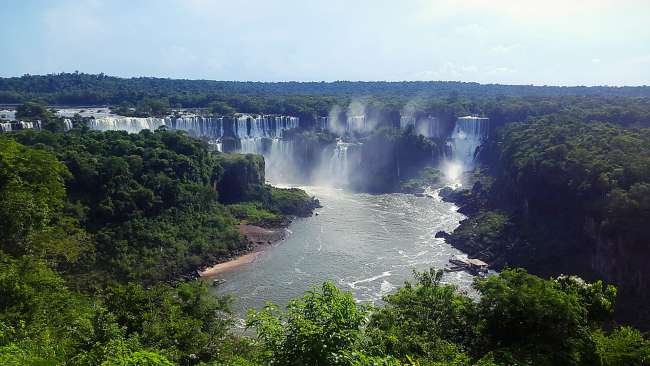
Syýahat hasabaty Argentina
